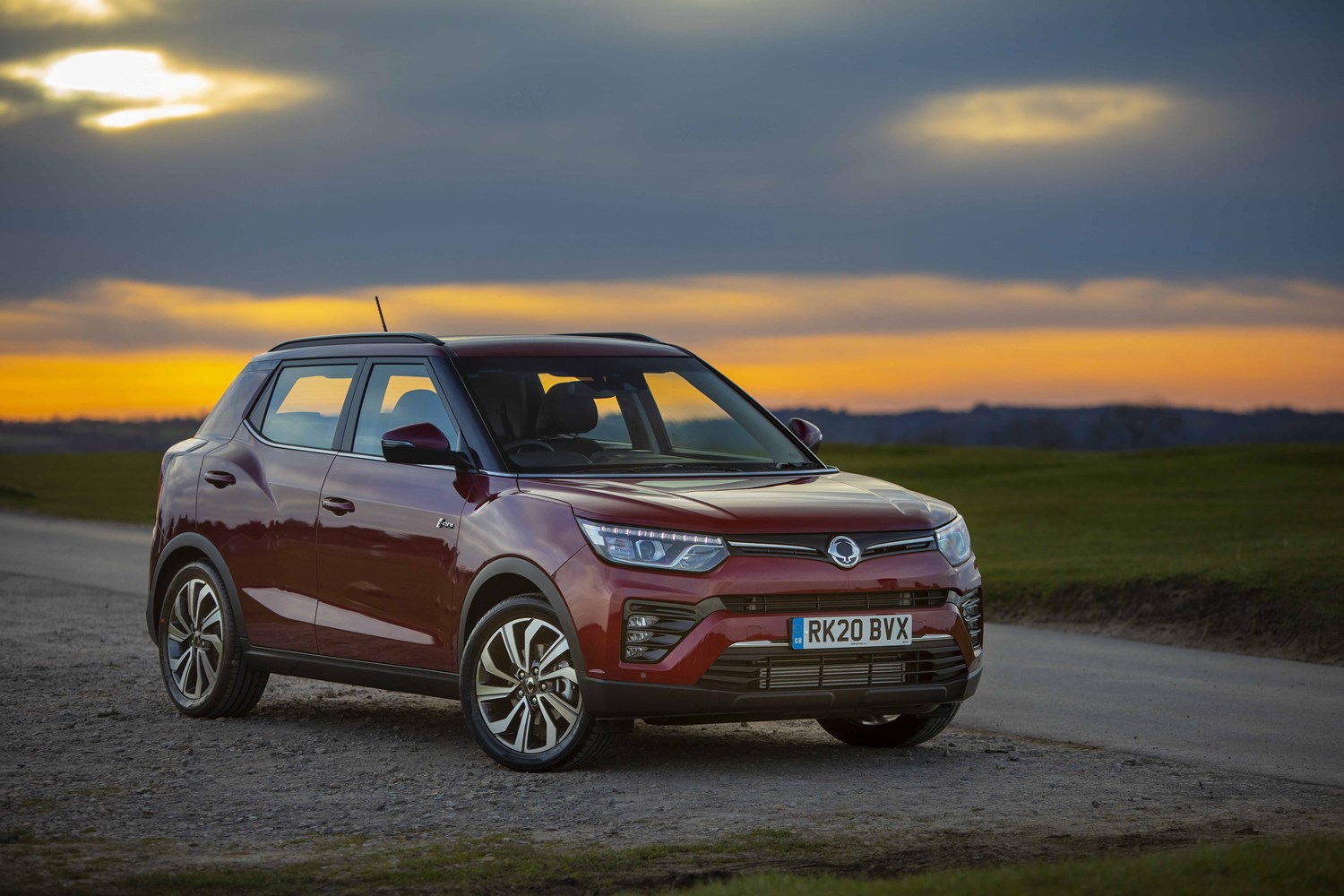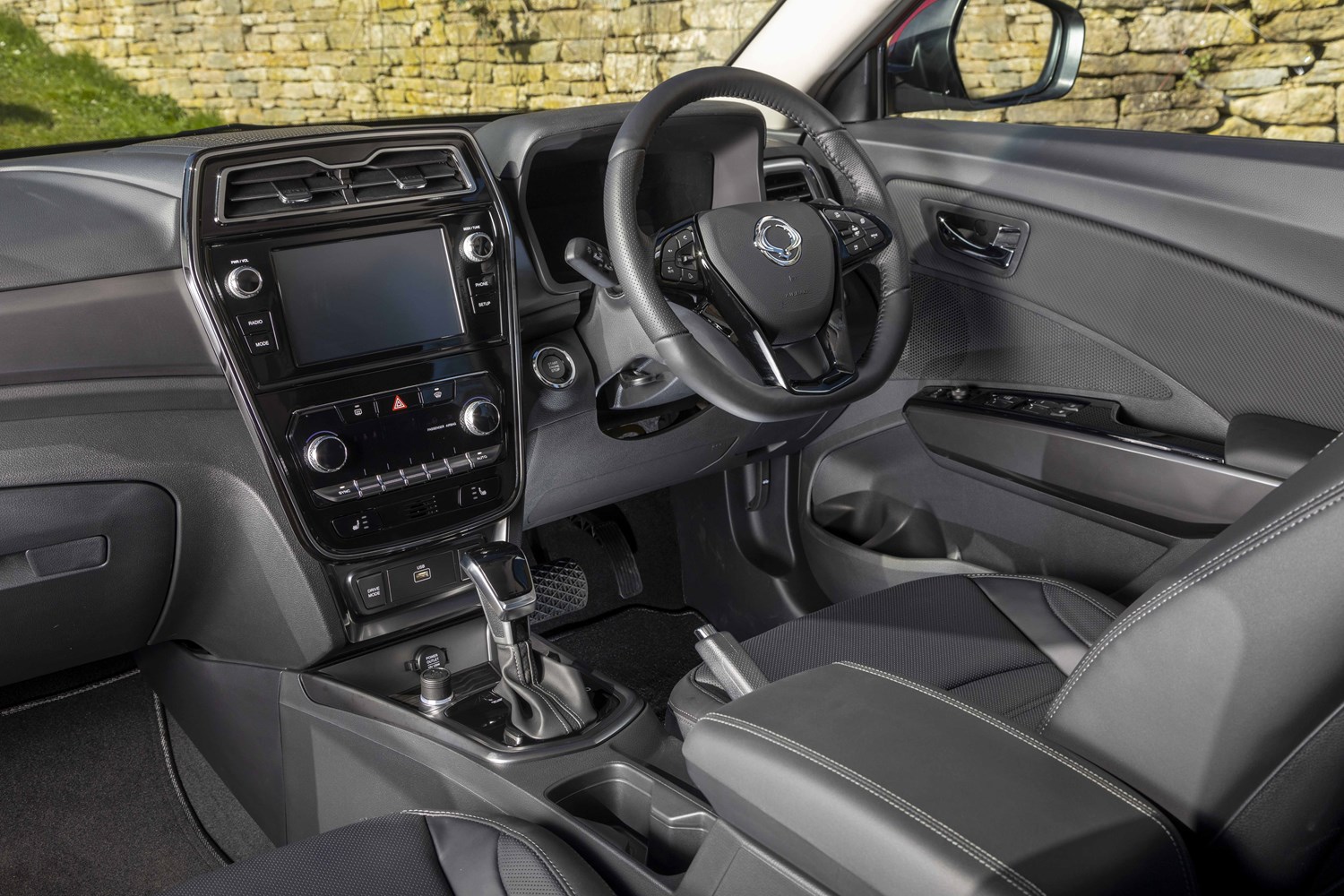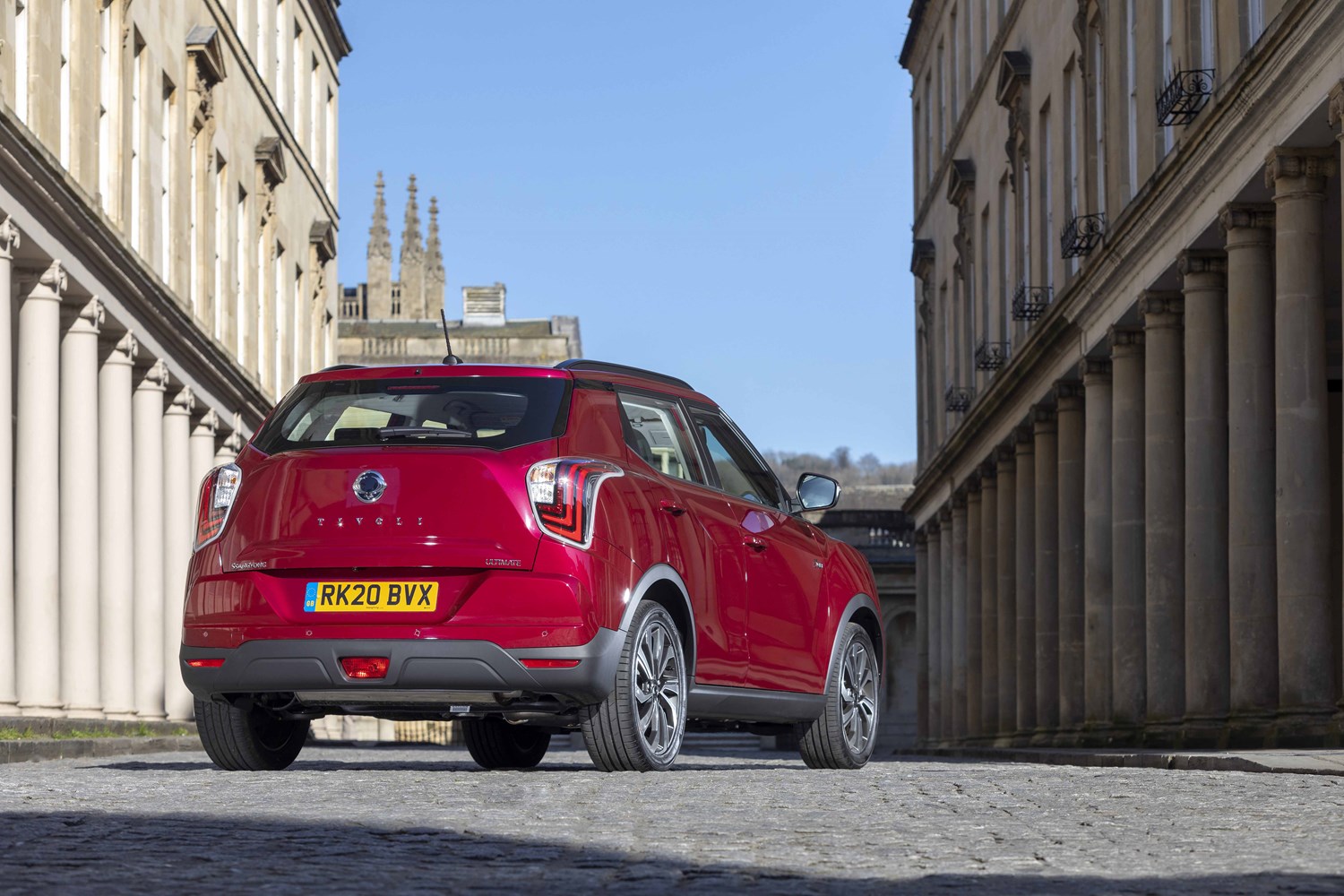Latest model
The most recent update to the Tivoli came in 2020. Though SsangYong calls it a ‘model year update’, it actually seems to be a lot more than that, considering it got a pair of new petrol engines and an overhauled diesel
Inside, it gets a new 10.25-inch digital instrument cluster on top-spec models (as seen on the new Korando), along with a pair of new infotainment systems as well, measuring up to nine inches. It also benefited from light styling changes, including a sharper front end design and upgraded range of alloy wheels.
Value for money
SsangYong has always prided itself on its cars’ value for money, and by class standards the Tivoli certainly offers good value. With prices starting from £14,345, it’s one of the most affordable ways of getting behind the wheel of a new crossover, while standard equipment still includes keyless entry, cruise control and Bluetooth. However, if your budget will allow it really is worth making the jump to the £17,345 Ventura model. It might seem quite a hefty price increase, but it does get you a lot for your money, such as alloy wheels, a touchscreen, heated seats, a heated steering wheel and a reversing camera. We’d stick with this trim level, as at more than £20,000 for the top-spec model, it begins to knock on the door of far more upmarket rivals.
The Tivoli is an even more affordable option on the market, with used examples starting from around £6,500 at the time of writing for a relatively tidy example. You can also expect to save a decent amount on a nearly-new model too, with around £2,000 available off a delivery mileage example, making this SsangYong even better value for money.
Looks and image
When the Tivoli arrived in 2015 it was arguably the South Korean firm’s most stylish model to date, and even half a decade later, it’s still able to hold its own. Helped by recent changes to the front end, it offers sharp lines, neat LED lights at the front and rear, and is something refreshingly different to many in this class. You’ll probably want to skip the entry-level EX version, due to its lack of alloys.
Inside, if you want the best Tivoli, you’ll want to choose the Ultimate. That’s because this gets a larger nine-inch touchscreen, along with a digital instrument cluster that’s undoubtedly one of the best in this segment. Lesser trims are a bit bland, though, with outdated-looking climate settings and plenty of cheap interior materials that seem to justify the model’s low price.
Where the Tivoli does fall short, however, is behind the wheel. It’s not helped by not being offered with a particularly appealing engine, but with its combination of soft-sprung suspension that makes it jiggly as well as having uninspiring handling, it’s not a model you’ll ever enjoy driving. On the plus side, it’s quite good around town, thanks to good visibility and a tight turning circle.


